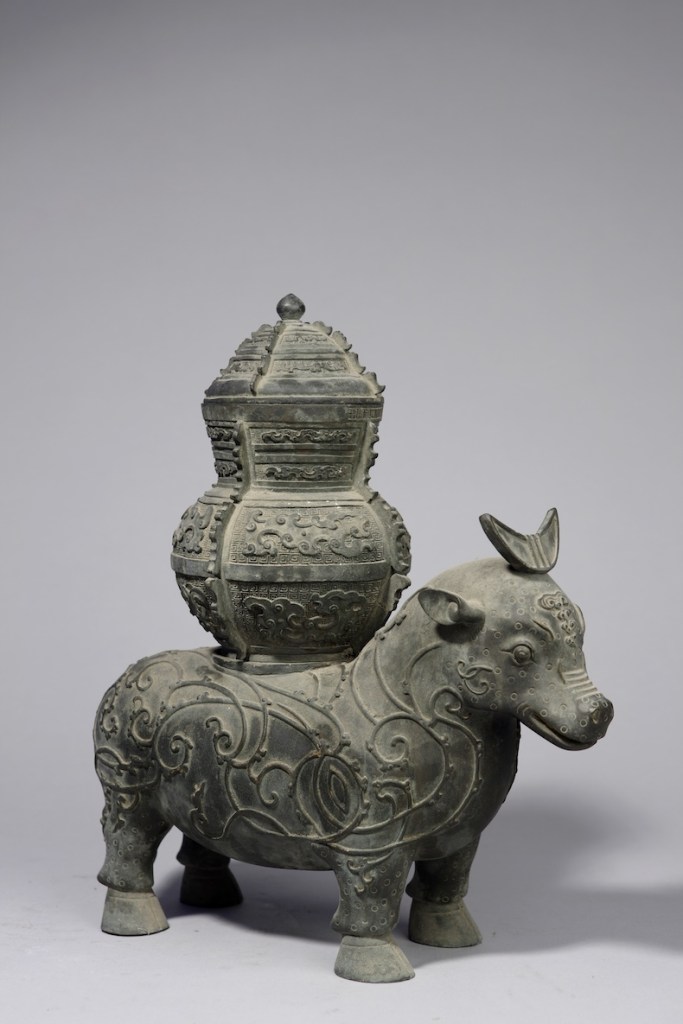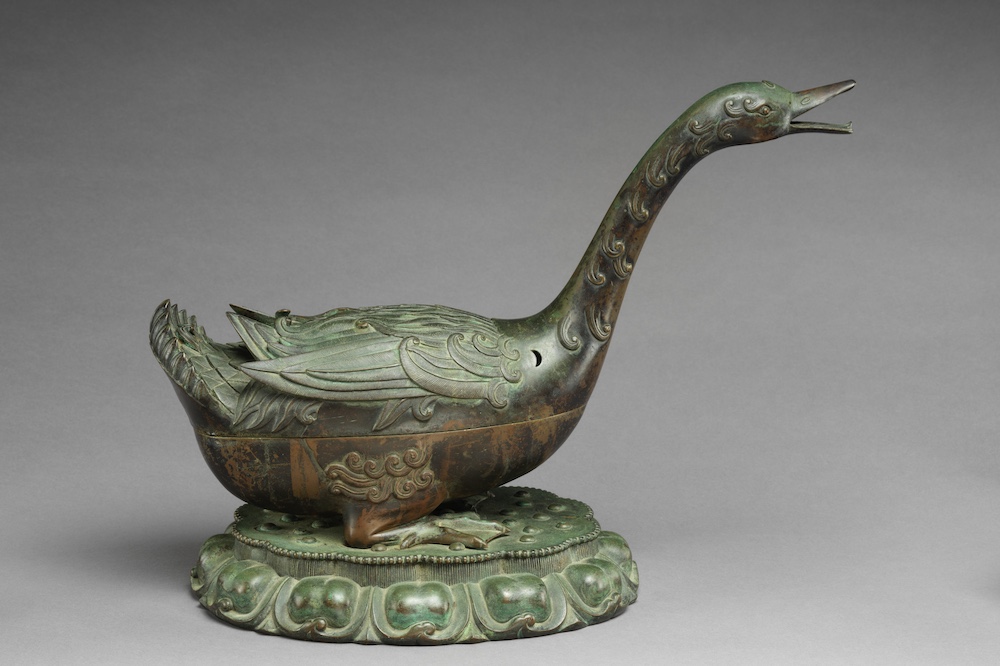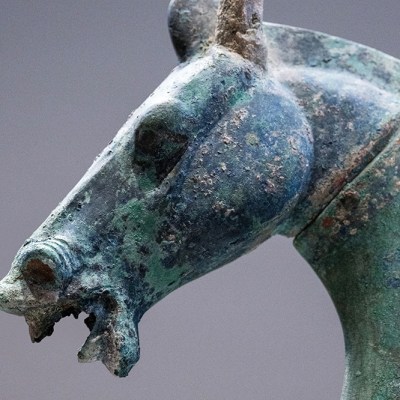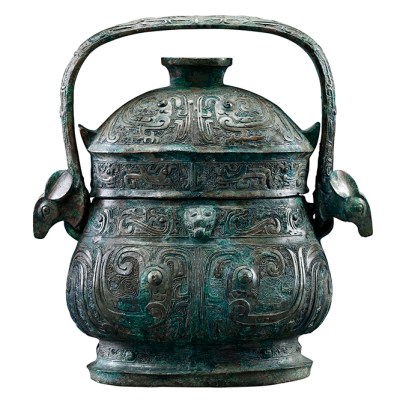In 12th-century China, the concept of fugu (‘return to the past’) became widespread. Artists and craftspeople increasingly took inspiration from ancient Chinese bronzes and sought to create a style that fused classical tradition with contemporary fashions, so bronzes that in ancient China were used as containers for food and drink became the starting points for the design of vases, incense burners and other objects. These later bronzes have long been seen as lesser imitations of ancient examples, but this exhibition at the Met sets out to celebrate these works on their own terms and highlight the skill and inventiveness that went into making them (28 February–28 September). Some 200 pieces are on display – half of these from the Met’s own collection; the other half comprising international loans – and include intricately inscribed vases and bells from the Song and Yuan dynasties, as well as numerous animal-themed pieces, such as a rhino-shaped water dropper from the Ming dynasty and a Qing-era lamp with a base sculpted to look like a goose’s foot.
Preview below | View Apollo’s Art Diary
Find out more from the Met’s website
Bronze ‘taihe’ bell, note ‘Jiazhong’, Song dynasty, c. 1105, reinscribed c. 1174, China. Palace Museum, Beijing

Bronze water dropper in the form of a rhinoceros, Ming dynasty, 15th century, China. Metropolitan Museum of Art, New York

Bronze incense burner in the form of a goose, Ming dynasty, early 15th century, China. Metropolitan Museum of Art, New York
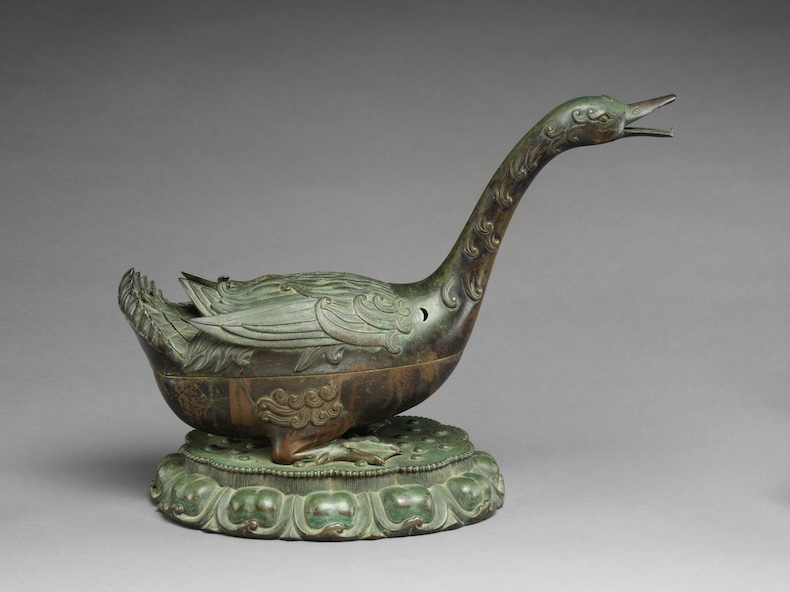
Bronze ritual vessel (xizun), Qianlong period (1736–95), China. Palace Museum, Beijing
